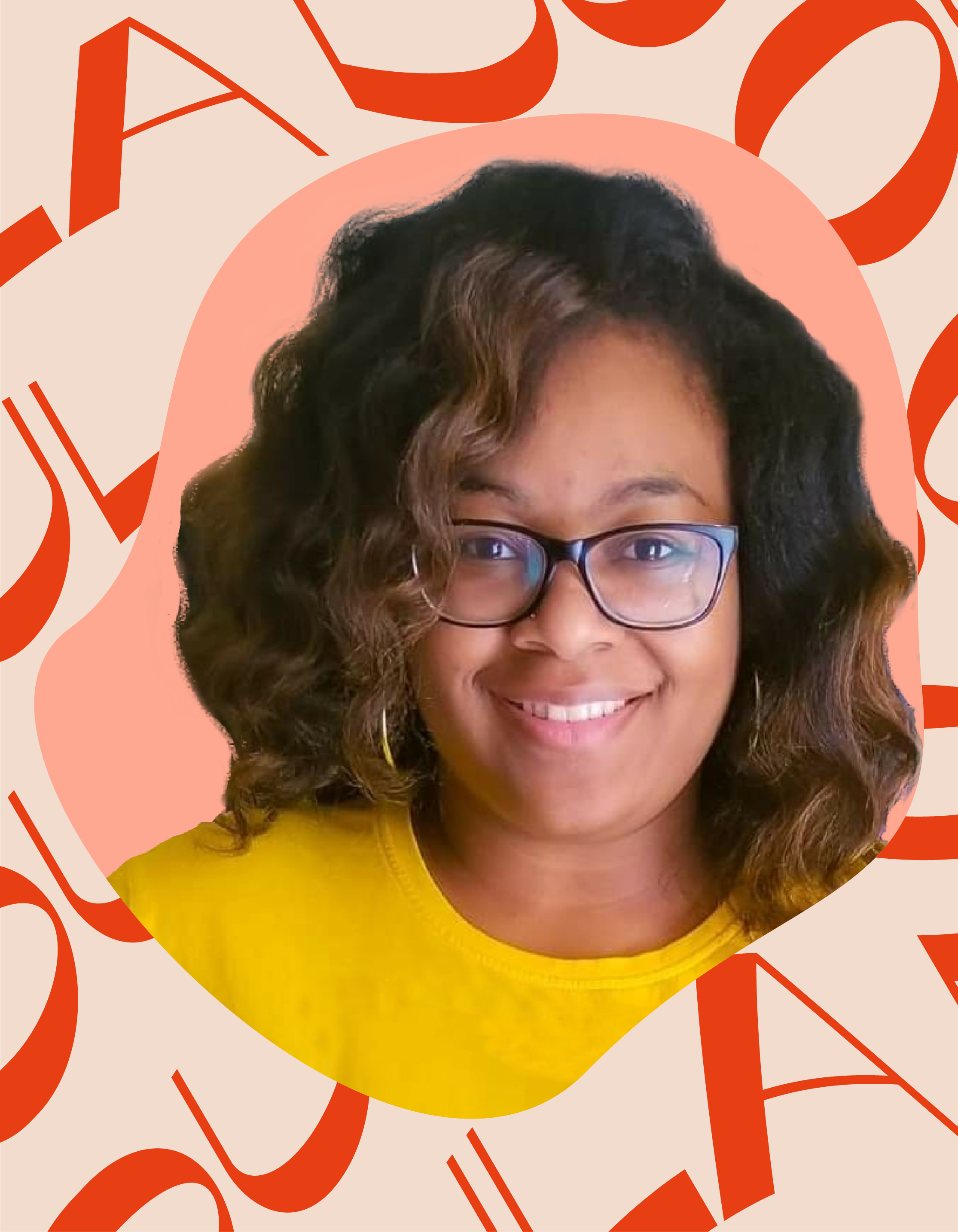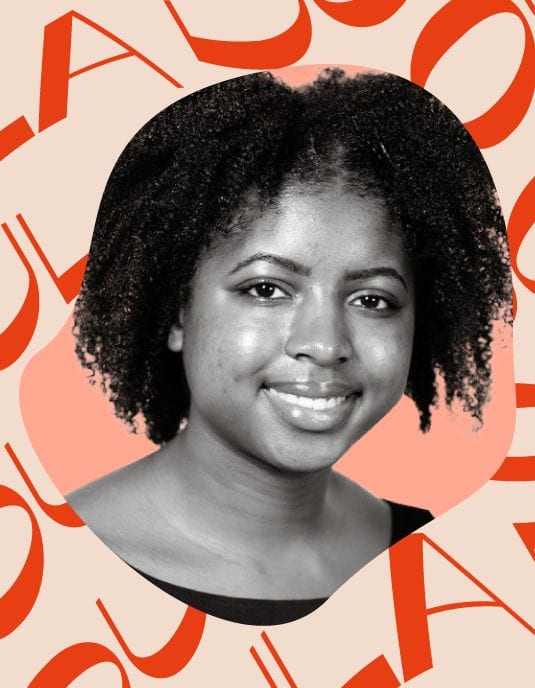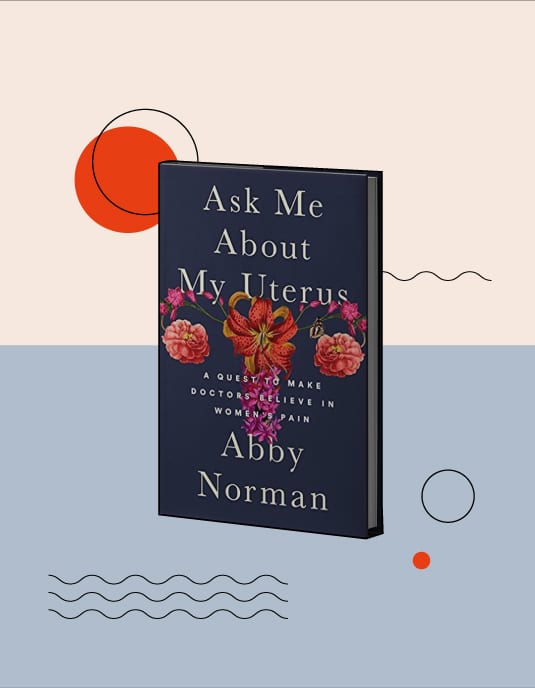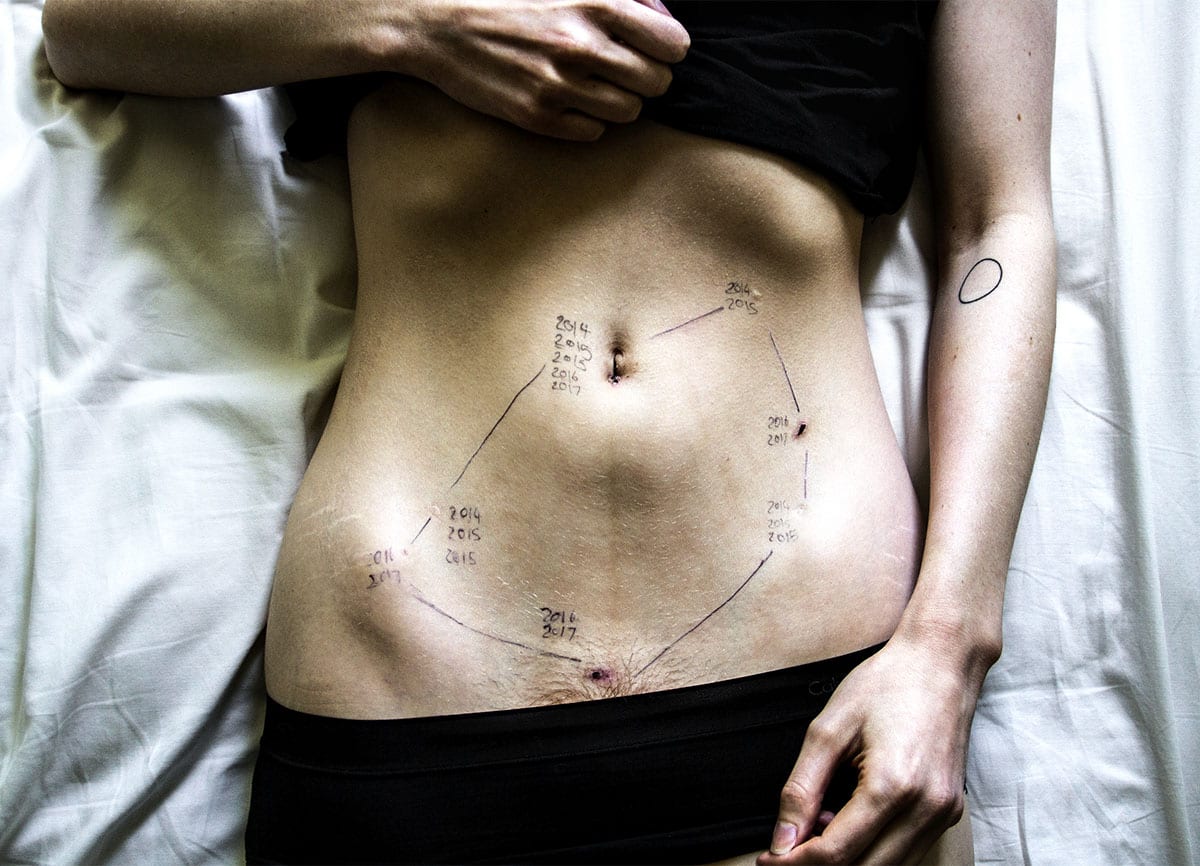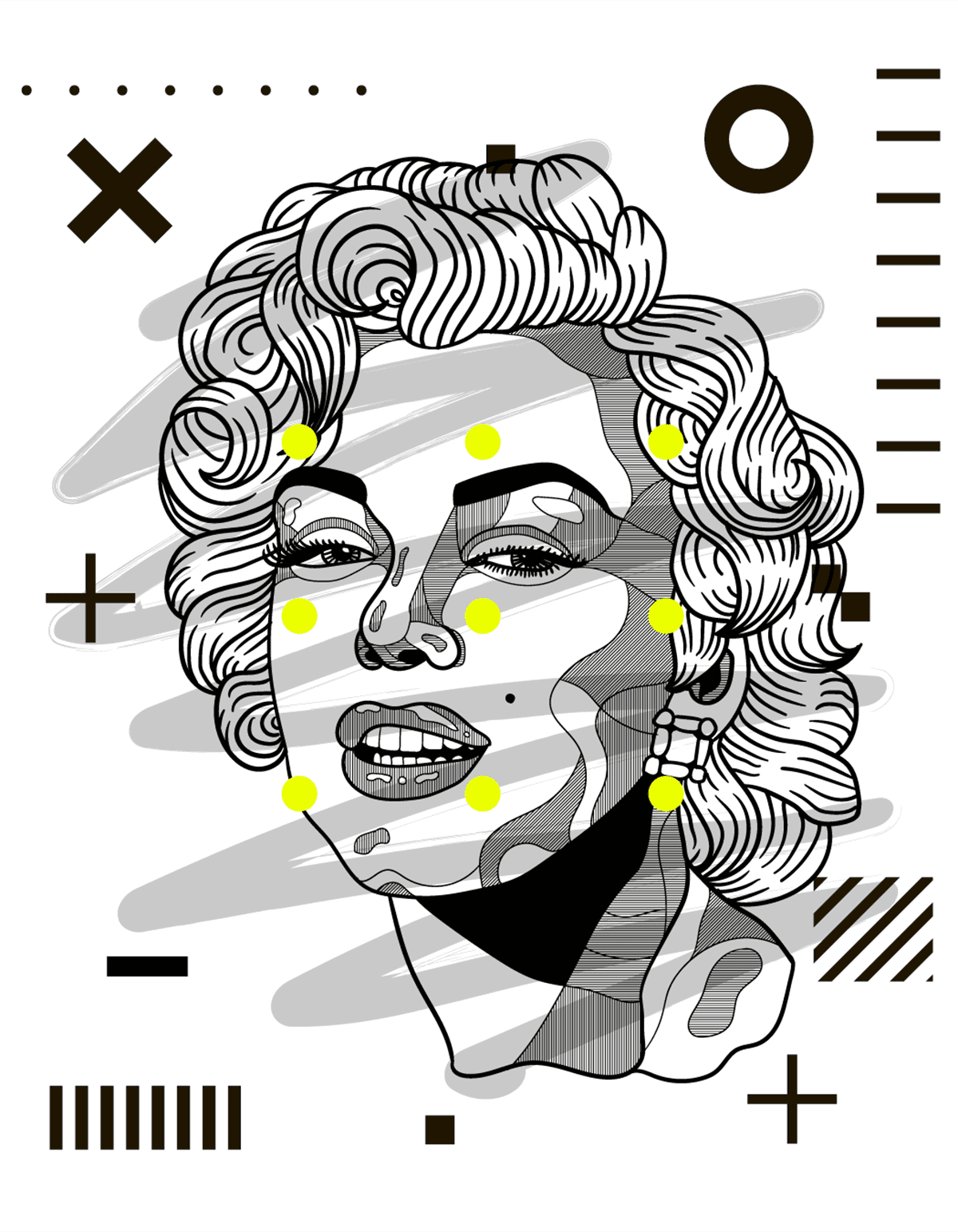Demystifying doula work: Interview with Mariah Alyce
TL/DR: We speak with Tuscaloosa-based doula and lactation counselor Mariah Alyce about her journey into doula work, the role of doula as advocate, and her top wellness tips (valuable both during pregnancy and throughout all stages of life).
On December 3rd, 2020, the U.S. Department of Health and Human Services released a call to action on maternal mortality, setting in place an action plan that proposes to reduce the maternal mortality rate nationally by 50%.1
Why does this matter? From 1990 to 2015, the number of maternal deaths in the U.S. nearly doubled, and estimates from the CDC have shown that this issue disproportionately affects Black and indigenous women.2 3
It’s so important, it warrants rephrasing: Even though medical technology has become vastly more sophisticated over the past 15 years, more pregnant people have died since 1990 due to complications during or leading up to childbirth. This is a serious problem, and one that we’re long overdue in tackling.
For Doula Mariah Alyce, CLC, protecting women is at the forefront of her work and dedication to birth equity and reproductive justice. For this second post of our blog series, Demystifying Doula Work, we connected virtually with Mariah to discuss what inspired her to become a doula, perspectives on the status of reproductive education in this country, and her strategies for cultivating self-education and wellness with her clients.
P.S. In case you missed the first post in our birth doula series, find it here!
Thank you so much for speaking with us, Mariah! For starters, can you tell us a little bit about yourself?
I’m Mariah Alyce, doula and certified lactation counselor, and I am based out of Tuscaloosa, Alabama. I was born and raised here, and I’ve been here pretty much my entire life. I am a certified doula, and I am going into my first cohort in midwifery school.
What excites me is teaching my community – not just about birth and lactation, but also about the beginning stages of reproductive health. I love birth work.
Were you always interested in women’s reproductive health, or was there a turning point when you realized this was the path you wanted to take?
I always knew that I wanted to do something in the medical field, and definitely servicing women, especially women of color. I studied kinesiology in college; during my sophomore year, I took my first women’s studies course. It was then that I realized I wanted to do something to help save our women.
When you say, “save our women,” what does that mean for you?
As I said, I live in the state of Alabama. The state of Alabama is currently ranked as the third-highest for maternal mortality.4 We are also ranked in the top 10 of states for infant mortality.5
Where is the problem? Where is the issue and why is the issue not being addressed? It’s really sad. It really hits home when it is home.
From your work and your experience, what do you think is the core of that? Why this inequity?
That is such a difficult answer to give. But, realistically speaking, I just don’t feel like people of color get the same treatment as it relates to our health. For example, [I’ve had experiences where] I’ve gone to the doctor and have told the doctor that I have an issue, and I’ve left feeling like I’m not heard or that my issue was brushed aside.
That’s the reality for a lot of women, and especially women of color.
It is so important to state that very clearly – that there is this disparity with healthcare. This is a topic we spoke about with Jessie in our first column, and I’d love to hear from you:
How do you see your role as a doula and advocate?
When I am in the birthing space, what I do is remind mama that she has the power to use her voice to advocate. And I remind her of what it is that she told me that she wanted. And I remind her that she has the power to advocate for herself.
Giving women that power or helping them to feel and understand that they have the power to say no, yes, stop and go — that in itself, for me, is enough.
You mentioned that you are also interested in menstruation education. What are the greatest misconceptions around menstruation and reproductive health that you wish you could correct for people?
First of all, just understanding the body. You’d be surprised just how many people don’t know that a catheter and a baby don’t go in the same place. As far as menstruation is concerned, oftentimes we think of it as this time where we are just achy, it’s disgusting, we don’t want to experience it… rather than acknowledging that this is the body’s way of functioning. And this is right. And this is proper. And this is what’s supposed to happen, so embrace it.
If we start to teach and educate on why menstruation is so important, we’ll start to understand the reproductive system a lot better, and we’ll start to respect it better. That in itself will help us to be more educated about our bodies – and not looking at ourselves as just birthing machines, but for us to understand that we own our bodies and feel comfortable in taking up space for our bodies.
Do you think it’s still true today, as we’re going into 2021? That there are still stigmas around talking about these things?
I do. [For context], in the state where I live, reproductive education is not taught in the school system — they teach abstinence. With this approach, we’re not fully understanding the functionality of the body outside of sex and pregnancy. But there’s so much more that happens in between.
What about an STD? What about an STD that leads to infertility? What about STDs that lead to cancers? We don’t talk about those types of things [in the school system]. And women need to know what the signs are – what’s natural and expected and what’s not natural, right? There needs to be understanding to bridge the gap.
What kind of strategies do you use when you’re teaching people about their bodies?
So first, understanding the body. Then, once you understand your body, tapping into trusting your body and listening to your body. For many of us, we start noticing symptoms before we really get really sick, but we didn’t pay attention to those symptoms in the beginning. And then, by the time we’re sick, it’s too late.
We have to trust our bodies and, in doing so, we have to be proactive. And we have to understand that we were born with the instinct to know how to birth babies, we were born with the instinct to know what our body needs. And we just have to trust and listen to that.
It sounds like you’re also teaching women how to communicate with their provider.
That is a huge part of my job: Getting people to understand that they have the power to communicate effectively. You don’t have to sit in there and say yes to everything, your body literally will tell you what’s wrong.
For example, preeclampsia, which is related to your blood pressure, can be controlled in some ways through diet and exercise.
So, I ask my clients, what are we doing to make sure that we don’t have issues with our blood pressure before we even start talking about pregnancy? What are we doing to make sure that we’re regulating our blood pressure? What is our mood? Are we putting ourselves in stressful environments? Are we overworking? Are we not sleeping enough?
There are a lot of things that go into play. So, just getting them to understand that these are the things we’re trying to avoid, this is how we avoid them, and let’s make a plan.
In our first interview of this series, Jessie Laurore told us about her “doula bag,” which are the things that she brings physically and emotionally to her clients that support her work. What’s in your doula bag?
When I first started as a doula, I used to take this big bag full of everything. I used lights, I used to take a noise or sound machine, I used to take all these different things. And the more I’ve started to work, the less and less I take.
Now I’m down to… a hairbrush, some hair ties, my essential oils, a very small diffuser. And that’s it.
Everything else that we do in the hospital or at home, I can use what’s around the house. For example, instead of using a rebozo, which is something that’s often used during the laboring down session, I can use a bed sheet, and I get a bed sheet out of your closet.
And now you do the same techniques. If we need to be doing squats, or lunges or pools, sometimes I’m your squat bar, those types of things. The things I always have are my notepad and my pen, and my charger, but that’s about it.
Did this evolution come from your years of experience?
It’s not even years of experience. It is just realizing that I just want to be here to support you. And it’s not even necessarily about the things in my bag, right? Because sometimes moms don’t want things. They just want you to be there, supporting them and speaking life into them and telling them they’re doing a good job.
Sometimes that’s enough. Sometimes the things in my bag don’t even matter.
How, if at all, do you interact with the family of the pregnant patient?
One of my favorite things to do is to incorporate the family members [into the birth plan]. I’ll often show them what I’m doing.
So, if I’m doing a belly lift, or if I’m doing some type of squat position or anything like that, I’ll try to incorporate them and say, “Hey, you know, husband, you’re here, let me put you in this position. And this is what I want you to do.”
And I’ll show him a few times, let him get comfortable, and I’ll put him to work. If I know there’s a child in the room, I might say, “Hey, this is what you can do for Mommy,” or I might give the child a fan so they can fan Mom, just depending on the age of the child.
And for the mother of the pregnant patient, it’s the same thing. I’ll teach her the same techniques, so she can do counter-pressure or give her affirmations to speak to her daughter, to keep her child calm.
In addition to affirmations, what else do you recommend to clients in terms of wellness?
As far as learning how to trust yourself and tapping into yourself, I definitely recommend both a great therapist and a yoga instructor. Because those two will help you with understanding yourself, in terms of understanding your needs, and understanding how important and necessary it is for you to pour into yourself, as much as you pour into other things and other people.
I love that. Any final reflections to share with us on your journey?
I always knew that I wanted to do something centered on women, education, and reproductive justice. This is what I love doing. I absolutely love everything that I do. And the more I educate myself, the more I’ve learned, the more I experience, the more I want to continue to learn. I’m so grateful to be able to educate people and empower people.
About Doula Mariah Alyce
Mariah Alyce is a Doula, Student MidwifeA nurse midwife is a registered nurse who goes on to receive a master’s degree in nursing and specializes in midwifery. Midwives work with pregnant people before, during, and after childbirth, and may assist with or perform the delivery of a baby either at a birthing person's home, a birthing center, or at a hospital., and Certified Lactation Counselor serving in Alabama. Her passion for women’s physical and mental health has shaped her love for becoming a birthworker, advocate, and community educator. Her goal is to inspire, empower, and educate women regarding the importance of overall womb wellness, reproductive care, and education, even outside of pregnancy and the birthing space.
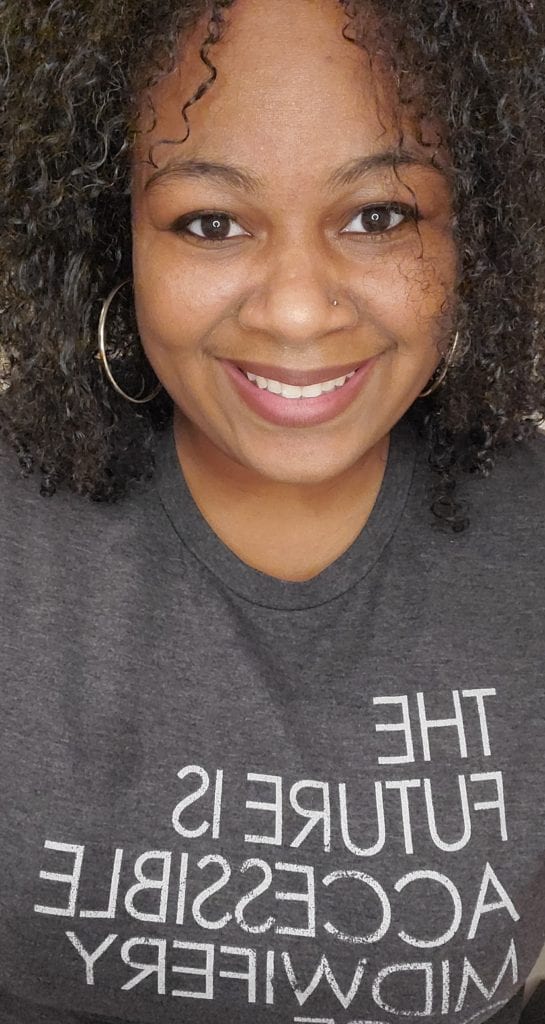
Website: www.mariahalyce.com|Instagram: @ohmi_ohmydoula
Note: This interview has been condensed and edited for clarity.
Don’t miss out on upcoming doula content and exclusive interviews: Subscribe to our email newsletter [below] for updates re: the Demystifying Doula Work blog series.
Know a doula who deserves a shoutout? Drop us a line at thefornix@flexfits.com.
© 2021 The Flex Company. All Rights Reserved.
- HHS Outlines New Plans and a Partnership to Reduce U.S. Pregnancy-related Deaths. (2020, December 3). U.S. Department of Health & Human Services. Retrieved from hhs.gov/about/news/2020/12/03/hhs-outlines-new-plans-to-reduce-us-pregnancy-related-deaths.html[↩]
- GBD 2015 Maternal Mortality Collaborators (2016). Global, regional, and national levels of maternal mortality, 1990-2015: a systematic analysis for the Global Burden of Disease Study 2015. Lancet (London, England), 388(10053), 1775–1812. https://doi.org/10.1016/S0140-6736(16)31470-2[↩]
- Infographic: Racial/Ethnic Disparities in Pregnancy-Related Deaths — United States, 2007–2016. (2020, November 23). Centers for Disease Control. Retrieved from cdc.gov/reproductivehealth/maternal-mortality/disparities-pregnancy-related-deaths/infographic.html[↩]
- NCHS, National Vital Statistics System. (2018). Maternal Mortality by State. Centers for Disease Control. Retrieved from https://www.cdc.gov/nchs/maternal-mortality/MMR-2018-State-Data-508.pdf[↩]
- CDC/National Center for Health Statistics. (2020, April 24). Stats of the States – Infant Mortality. Centers for Disease Control. Retrieved from https://www.cdc.gov/nchs/pressroom/sosmap/infant_mortality_rates/infant_mortality.htm[↩]
